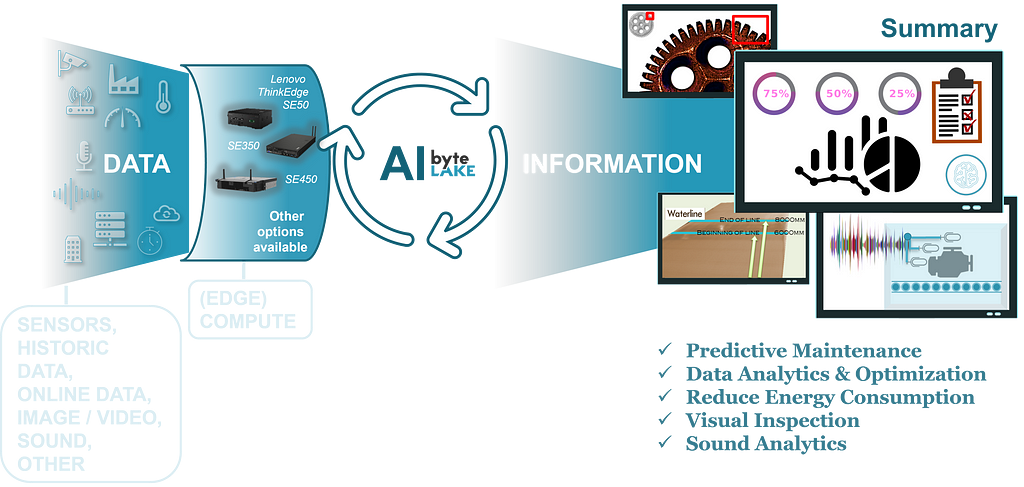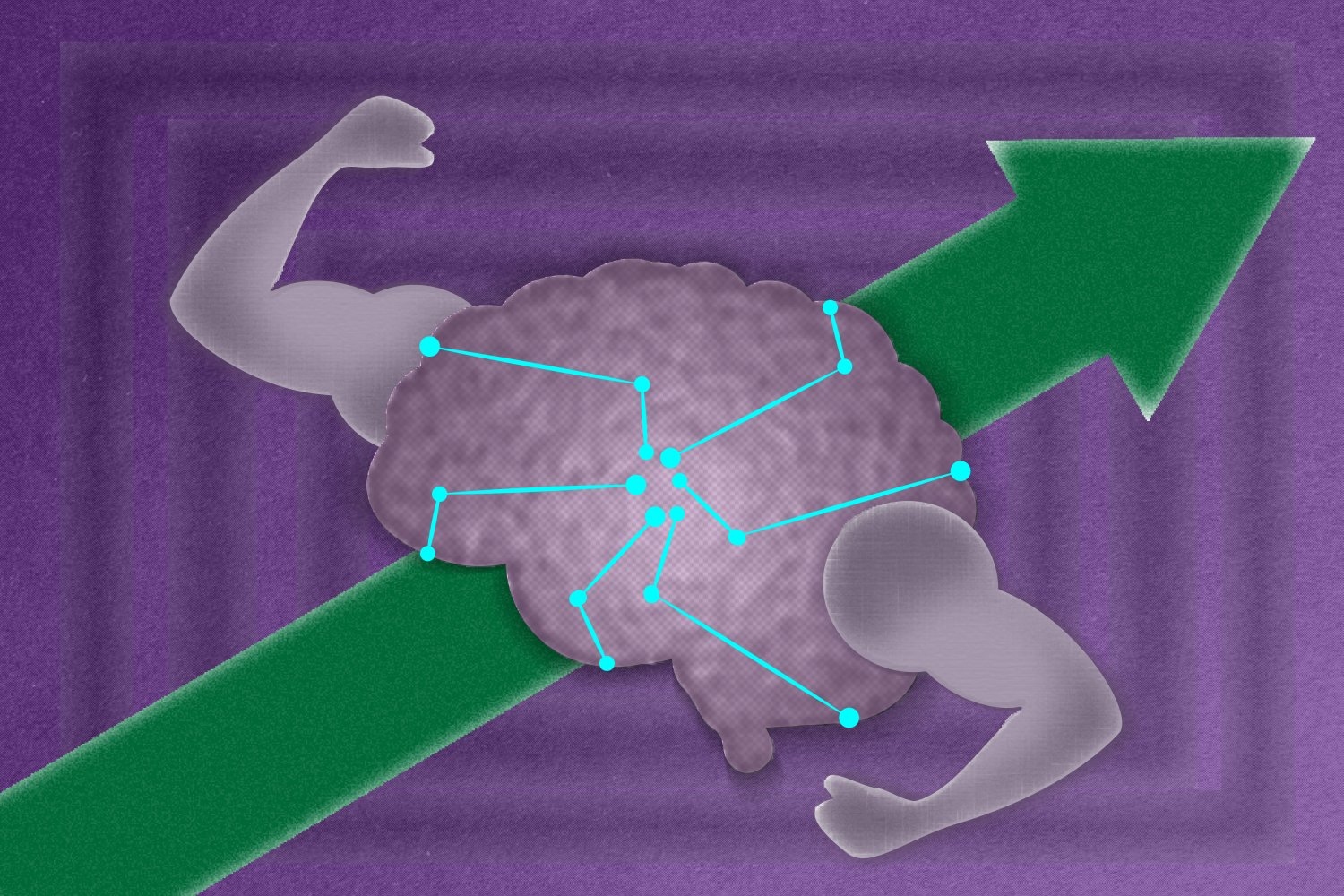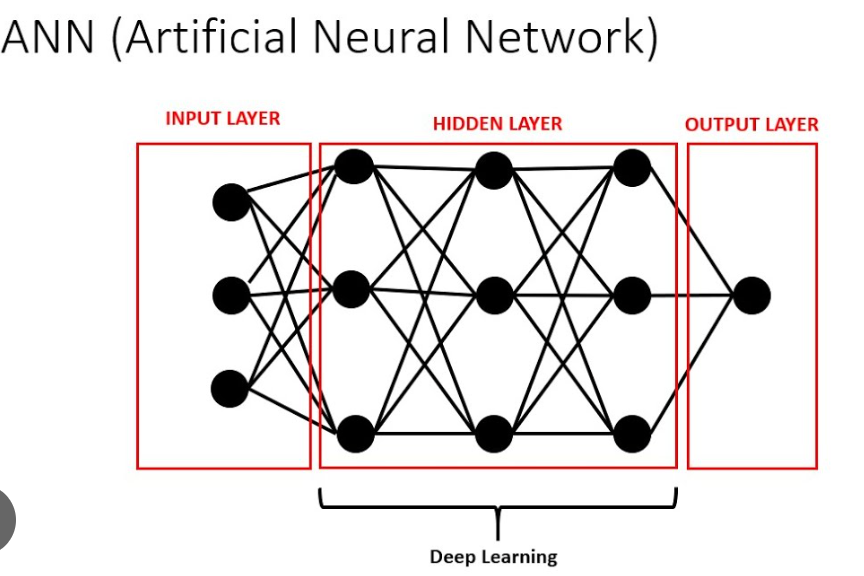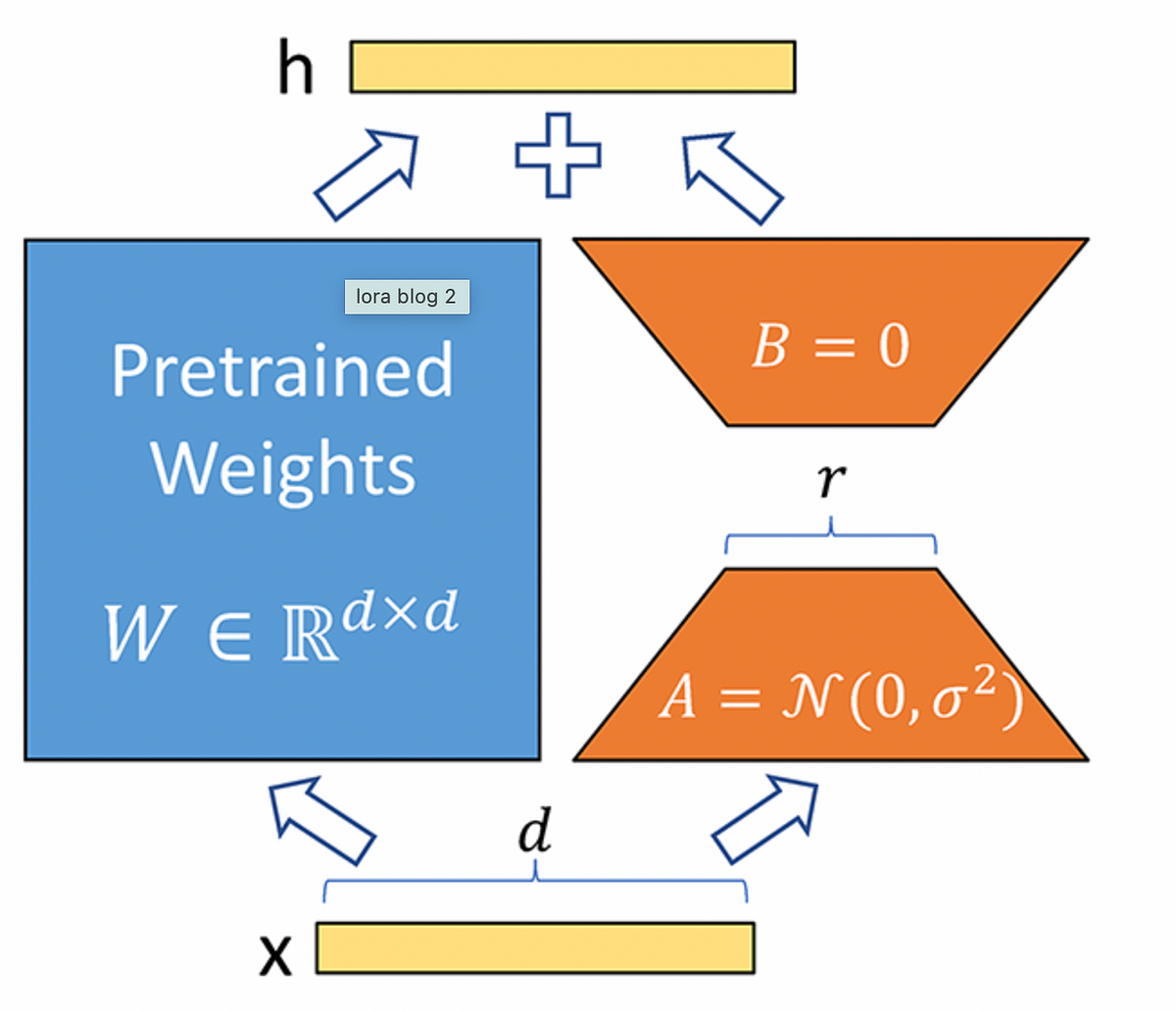Unlocking the Power of AI: Transforming Data into Actionable Insights
In the ever-evolving landscape of technology, the term “Artificial Intelligence” (AI) has become ubiquitous, often sparking discussions and debates about its true nature and potential. Regardless of the label — whether it’s AI, Artificial Intelligence, Deep Learning, Machine Learning (ML), or automation — these technologies are essentially a collection of algorithms that have the remarkable capability to extract valuable information from diverse data sources.AI extracting INFORMATION FROM diverse DATA sources.AI is a collection of algorithms that can extract valuable information from diverse data sources.Imagine turning raw data, such as images, videos, sound recordings, sensor readings, documents, verbal inputs, emails, and more, into meaningful insights. These insights could range from identifying faulty elements in pictures, detecting scratches on surfaces, counting items in a container, diagnosing equipment issues from sound patterns, predicting maintenance needs based on sensor data, and recommending optimal energy-saving settings based on various factors. The possibilities are endless, and AI enables us to harness the full potential of data in various domains.AI-powered Data Insights (industrial).Once data is transformed into information, the next step is defining the scenario, which determines the action to be taken. This action could involve automation, where AI analyzes and processes data to streamline workflows, expedite processes, or enhance safety measures. Alternatively, AI can complement human efforts by providing insights, alerts, or recommendations to optimize performance, mitigate risks, or improve decision-making.One remarkable application of AI lies in its ability to analyze complex simulations, such as those utilized in Computational Fluid Dynamics (CFD), chemical, or physical simulations. Instead of executing simulations step by step, AI can predict outcomes iteratively, accelerating the process and minimizing computational resources. By leveraging historical data from past simulations, AI learns and refines its predictions over time, unlocking new efficiencies and insights.AI-accelerated CFD Simulation (example scenario).However, AI’s impact extends beyond simulation acceleration. It can also revolutionize the entire simulation process by assisting in preparation, configuration optimization, and result analysis. By analyzing past simulations and learning from them, AI can guide engineers in prioritizing simulations, reducing trial and error, and optimizing parameters. This holistic approach enhances efficiency and effectiveness across the simulation lifecycle.AI can guide engineers in prioritizing simulations, reducing trial and error, and optimizing parameters.While it makes sense and is usually economically justified (despite overhead related to AI training) to AI-accelerate relatively small, steady-state simulations with predictable parameters, larger, more complex simulations involving tens or hundreds of millions of cells, transient conditions, or frequently changing geometries create a different landscape for AI.To justify the cost of AI training, we need to go beyond single-simulation acceleration. Again, by leveraging historical data and learning from past simulations, AI can predict outcomes but what is more important, it can also suggest optimal configurations, and streamline the entire simulation workflow. Whether it’s analyzing inputs, assessing outcomes, optimizing parameters, or providing insights, AI serves as a powerful ally in navigating the complexities of CFD simulations.AI-powered predictive maintenance solutions and energy usage optimization systems.Through harnessing the power of IoT-generated data, AI becomes a predictive force, foreseeing maintenance needs, uncovering error origins, and recommending energy-saving strategies, fostering efficiency and sustainability across diverse infrastructures.The synergy between CFD Suite and Data Insights within the energy sector illustrates the transformative potential of AI, mathematics, and creativity. While cameras capture visual data and IoT devices provide real-time inputs and forecasts, the complexity of integrating these streams is immense. Yet, this complexity serves as fertile ground for human creativity. CFD Suite’s AI algorithms, adept at deciphering complex data structures, seamlessly adapt to the influx of information from industrial sensors and user inputs.By synthesizing this data, CFD Suite becomes the central nervous system of modern infrastructure, capable of optimizing energy consumption and reducing waste across a spectrum of environments, from city-wide heating systems to individual appliances. This integration of CFD Suite and Data Insights heralds a new era of predictive maintenance and sustainable energy practices, underpinned by the boundless possibilities of AI-driven innovation.In other words, imagine CFD Suite as the brain and Data Insights as the eyes and ears of the energy sector. Like a superhe

In the ever-evolving landscape of technology, the term “Artificial Intelligence” (AI) has become ubiquitous, often sparking discussions and debates about its true nature and potential. Regardless of the label — whether it’s AI, Artificial Intelligence, Deep Learning, Machine Learning (ML), or automation — these technologies are essentially a collection of algorithms that have the remarkable capability to extract valuable information from diverse data sources.
AI is a collection of algorithms that can extract valuable information from diverse data sources.
Imagine turning raw data, such as images, videos, sound recordings, sensor readings, documents, verbal inputs, emails, and more, into meaningful insights. These insights could range from identifying faulty elements in pictures, detecting scratches on surfaces, counting items in a container, diagnosing equipment issues from sound patterns, predicting maintenance needs based on sensor data, and recommending optimal energy-saving settings based on various factors. The possibilities are endless, and AI enables us to harness the full potential of data in various domains.
Once data is transformed into information, the next step is defining the scenario, which determines the action to be taken. This action could involve automation, where AI analyzes and processes data to streamline workflows, expedite processes, or enhance safety measures. Alternatively, AI can complement human efforts by providing insights, alerts, or recommendations to optimize performance, mitigate risks, or improve decision-making.
One remarkable application of AI lies in its ability to analyze complex simulations, such as those utilized in Computational Fluid Dynamics (CFD), chemical, or physical simulations. Instead of executing simulations step by step, AI can predict outcomes iteratively, accelerating the process and minimizing computational resources. By leveraging historical data from past simulations, AI learns and refines its predictions over time, unlocking new efficiencies and insights.
However, AI’s impact extends beyond simulation acceleration. It can also revolutionize the entire simulation process by assisting in preparation, configuration optimization, and result analysis. By analyzing past simulations and learning from them, AI can guide engineers in prioritizing simulations, reducing trial and error, and optimizing parameters. This holistic approach enhances efficiency and effectiveness across the simulation lifecycle.
AI can guide engineers in prioritizing simulations, reducing trial and error, and optimizing parameters.
While it makes sense and is usually economically justified (despite overhead related to AI training) to AI-accelerate relatively small, steady-state simulations with predictable parameters, larger, more complex simulations involving tens or hundreds of millions of cells, transient conditions, or frequently changing geometries create a different landscape for AI.
To justify the cost of AI training, we need to go beyond single-simulation acceleration. Again, by leveraging historical data and learning from past simulations, AI can predict outcomes but what is more important, it can also suggest optimal configurations, and streamline the entire simulation workflow. Whether it’s analyzing inputs, assessing outcomes, optimizing parameters, or providing insights, AI serves as a powerful ally in navigating the complexities of CFD simulations.
Through harnessing the power of IoT-generated data, AI becomes a predictive force, foreseeing maintenance needs, uncovering error origins, and recommending energy-saving strategies, fostering efficiency and sustainability across diverse infrastructures.
The synergy between CFD Suite and Data Insights within the energy sector illustrates the transformative potential of AI, mathematics, and creativity. While cameras capture visual data and IoT devices provide real-time inputs and forecasts, the complexity of integrating these streams is immense. Yet, this complexity serves as fertile ground for human creativity. CFD Suite’s AI algorithms, adept at deciphering complex data structures, seamlessly adapt to the influx of information from industrial sensors and user inputs.
By synthesizing this data, CFD Suite becomes the central nervous system of modern infrastructure, capable of optimizing energy consumption and reducing waste across a spectrum of environments, from city-wide heating systems to individual appliances. This integration of CFD Suite and Data Insights heralds a new era of predictive maintenance and sustainable energy practices, underpinned by the boundless possibilities of AI-driven innovation.
In other words, imagine CFD Suite as the brain and Data Insights as the eyes and ears of the energy sector. Like a superhero duo, they work together to make everything smarter and more efficient. CFD Suite’s brainy algorithms can understand complex data, just like solving a puzzle. Meanwhile, Data Insights gathers information from cameras, sensors, and forecasts, like eyes and ears seeing and hearing what’s happening in real-time. When they team up, they can optimize energy use and reduce waste across cities and buildings. It’s like having a super-powered brain and senses working together to make our world greener, more sustainable, and reduce waste.
One common thread across all our AI products is Edge AI — deploying AI locally to process data and generate insights. This approach ensures real-time responsiveness, data privacy, and autonomy, empowering organizations to harness AI’s potential at the edge.
In conclusion, AI is not merely a buzzword; it’s a transformative force shaping the future of industries. While integrating AI into workflows may not be as straightforward as installing office software, the benefits are undeniable. As AI continues to evolve and mature, its applications will only become more diverse and impactful. If you’re interested in exploring AI solutions or have innovative ideas to share, don’t hesitate to reach out. The possibilities are limitless, and together, we can unlock the full potential of AI.
Unlocking the Power of AI: Transforming Data into Actionable Insights was originally published in Becoming Human: Artificial Intelligence Magazine on Medium, where people are continuing the conversation by highlighting and responding to this story.





















